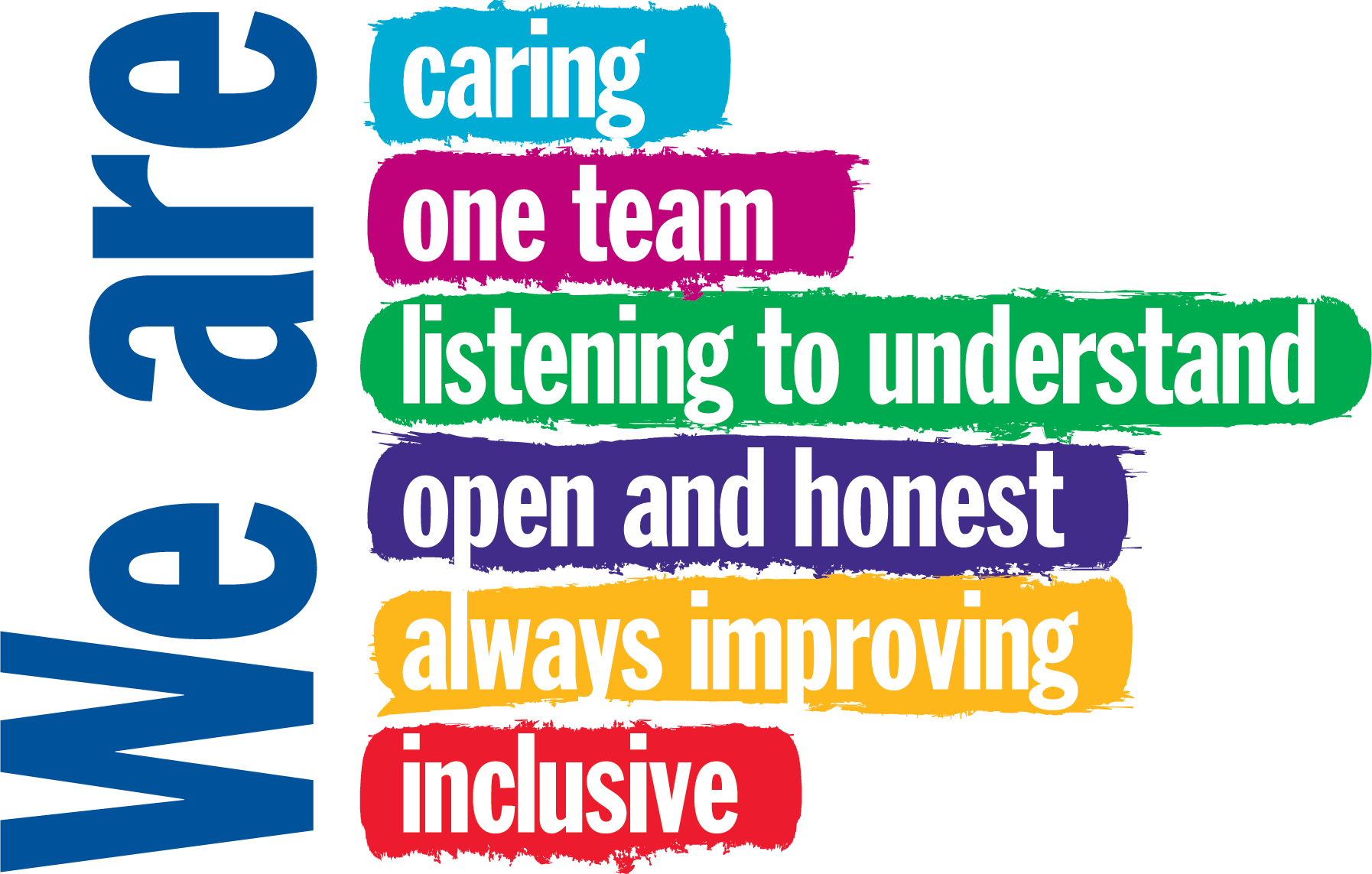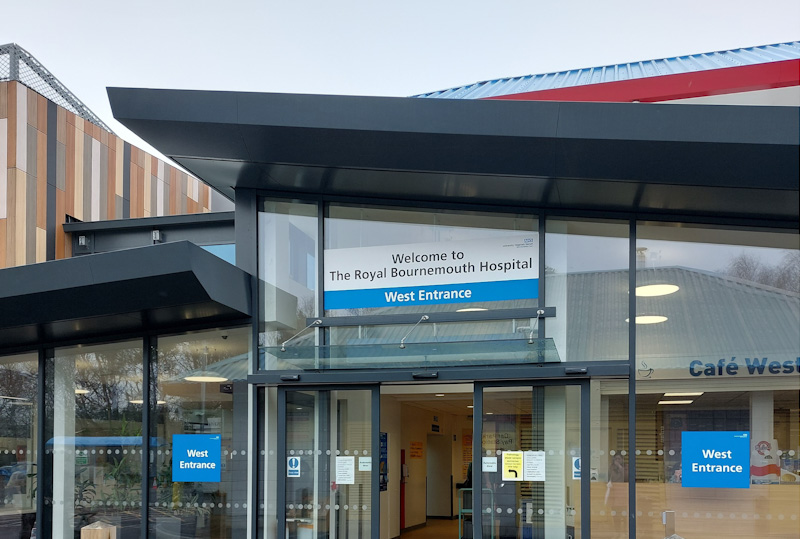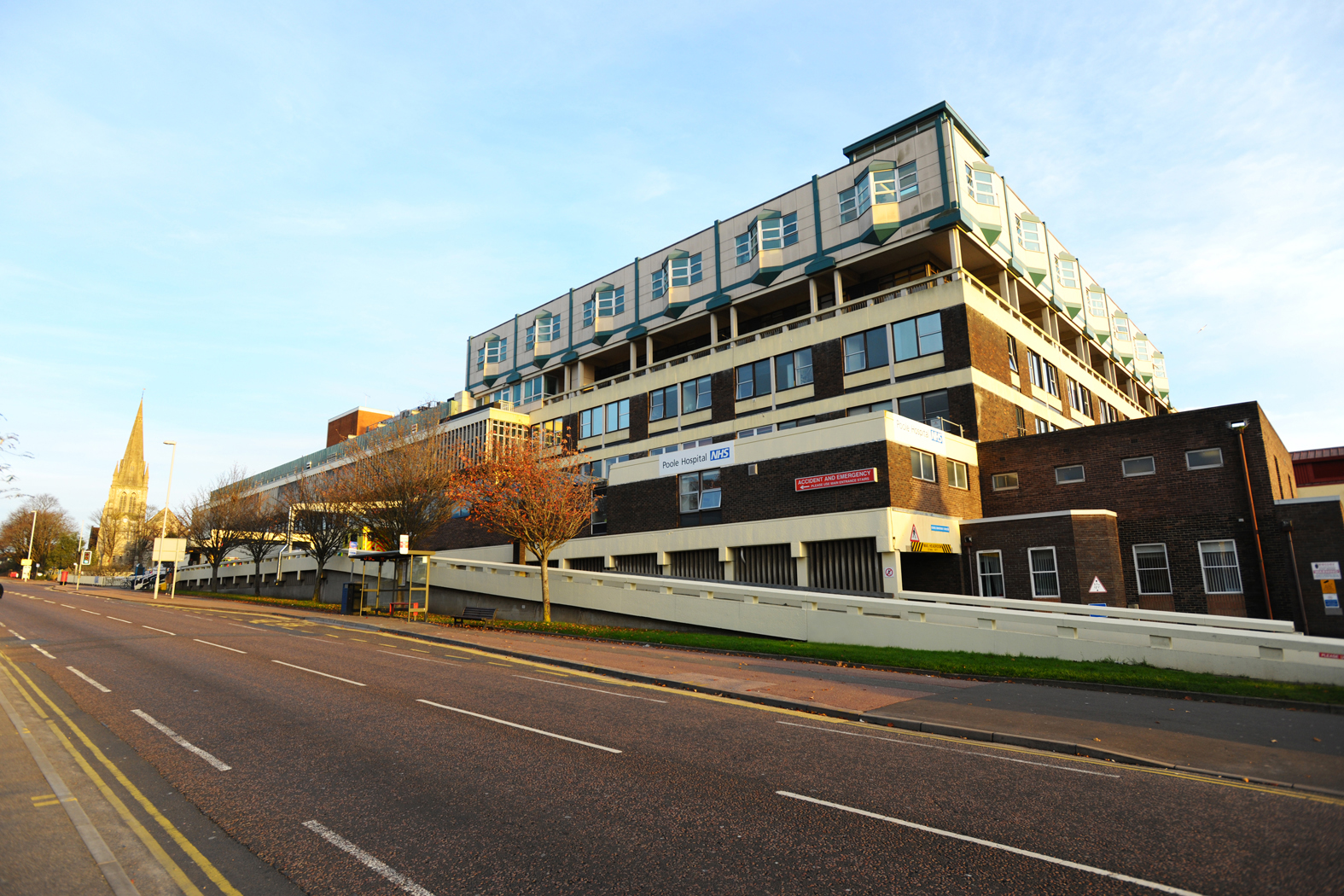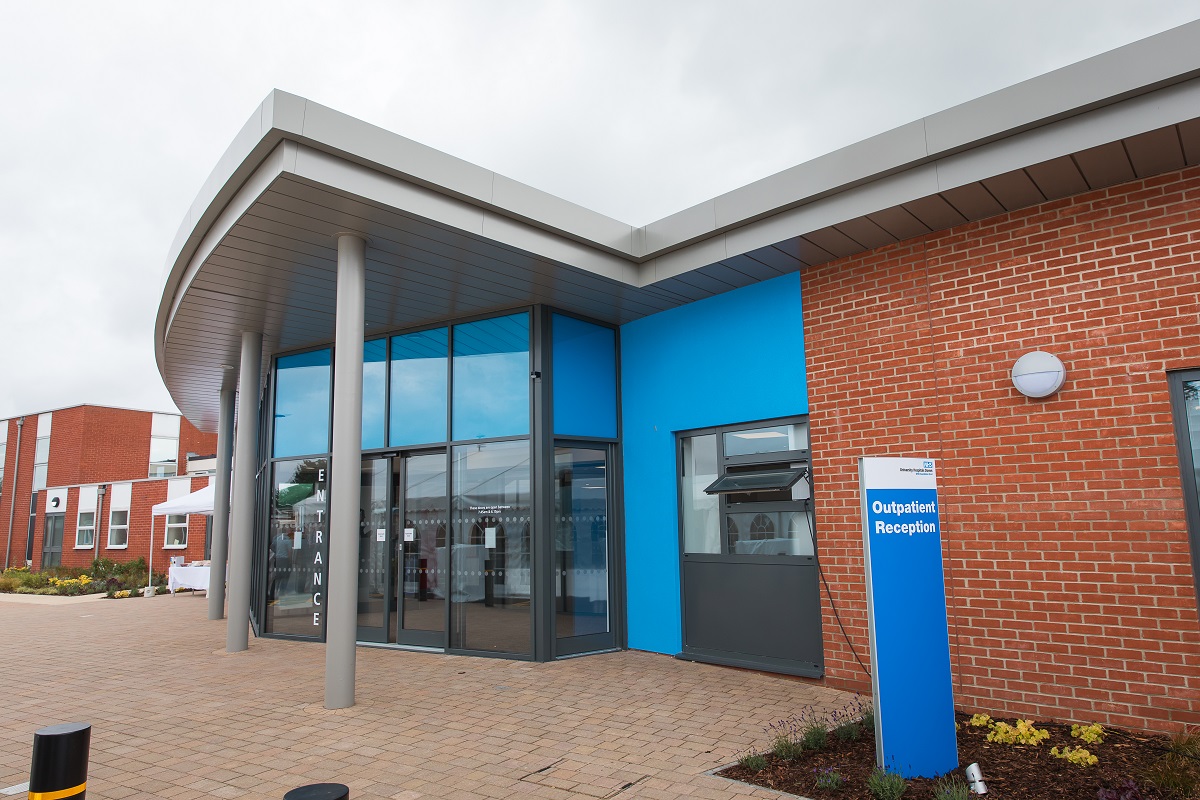Blood pressure management

What is blood pressure?
- Blood pressure is the pressure of circulating blood against artery walls as it is pumped around the body
- Measurements of BP are normally given as two reading e.g. 120/80
- (1st number) Systolic pressure = when your heart contracts/beats
- (2nd number) Diastolic pressure = when your heart relaxes between beat
- Blood pressure goes up and down throughout a typical day, depending on what you are doing
- Blood pressure is high when either the top figure/bottom figure or both are above a certain level
- High blood pressure can be a 'silent' health problem as it often doesn't make you feel different, but it can lead to many health problems if left unmanaged.

Why is Blood pressure important after stroke?
- High blood pressure (hypertension) is the most common causal risk factor for stroke.
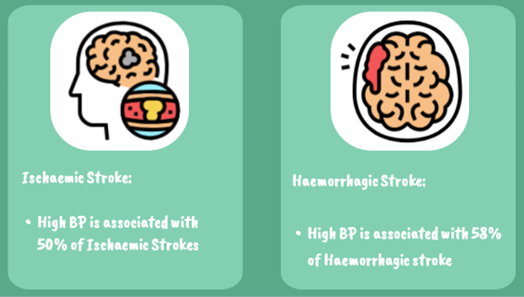
- Research has shown that as your blood pressure rises, risk of further stroke rises.
- However - the reverse is also true. If we reduce your blood pressure, we reduce your risk of future stroke.
- Research found that a 10 point drop in your systolic blood pressure (top reading) can reduce risk of stroke by nearly 30%.

Does taking Home Blood Pressure Readings help?
Research has found that home testing helps as it:
- is more reflective of blood pressure without impact of clinical environment
- builds confidence and improves understanding
- more cost effective use of NHS services
- reduces incidence of heart attack and stroke
But, it doesn't suit everyone.

Please see this guide which outlines how to take home Blood Pressure readings:
- Guidance on how to take a blood pressure reading a home
- British Hypertension Society website: Manage your blood pressure at home - BHF

How can I control my blood pressure?
Blood pressure can be managed with medications, lifestyle changes and a combination of both.
This guide is for people with high blood pressure and outsides some considerations when thinking about management options:

